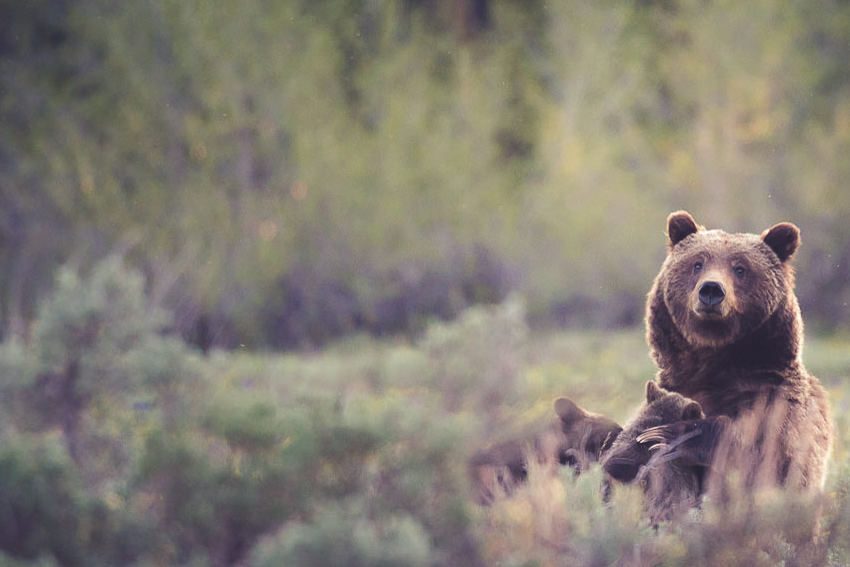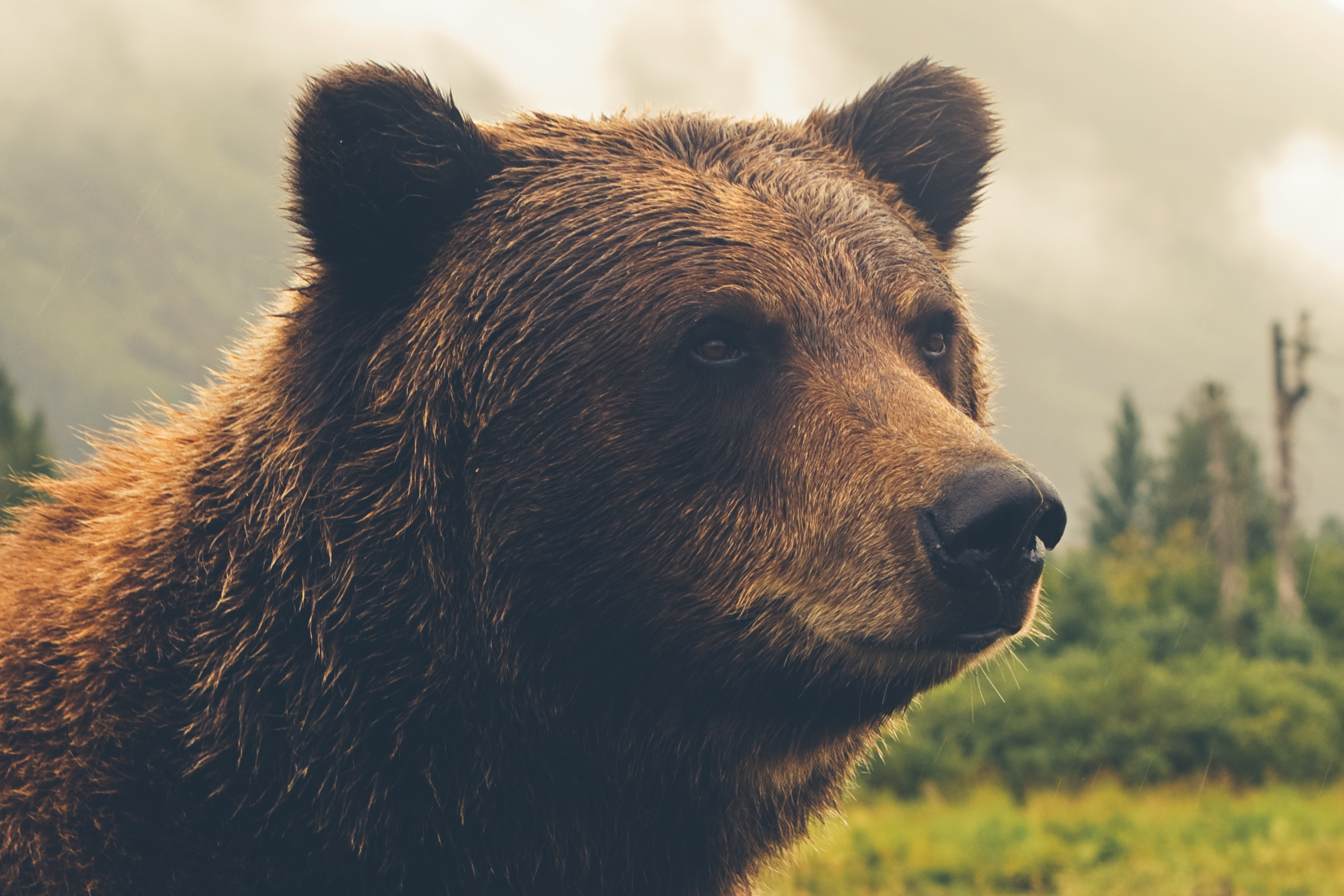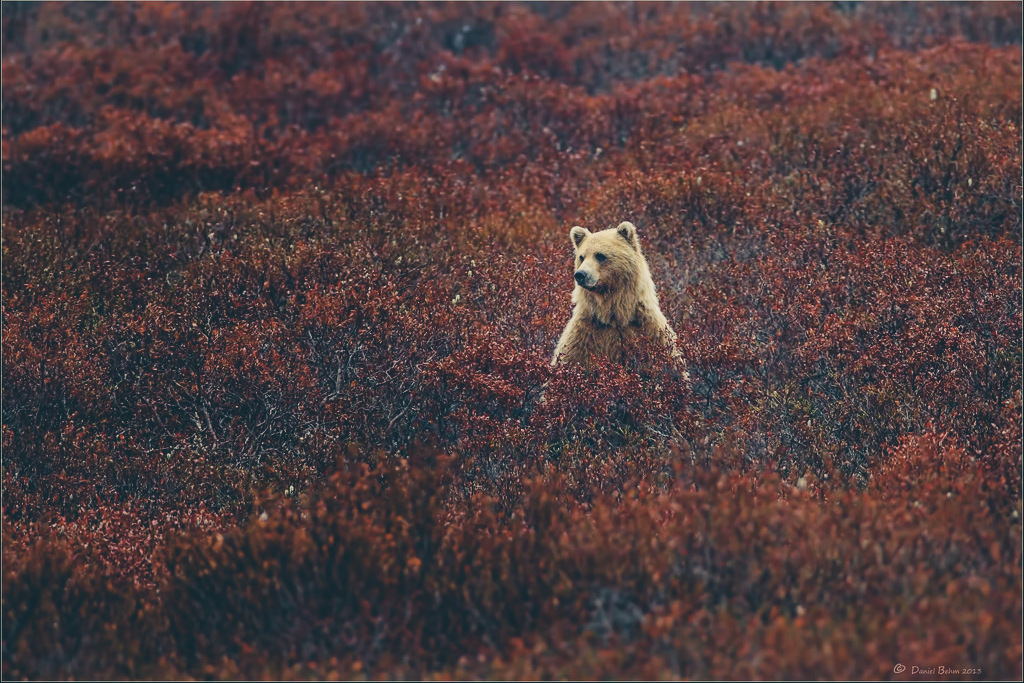Patterns of movement rate established in this study are generally consistent with observed patterns. It is well established that bears have the highest rates of activity in the summer and lower rates in the spring and fall, due to food availability (MacHutchton 2001). The increased activity viewed in males is due to a greater caloric demand related to larger body size (MacHutchton 2001).
The results of the regression analysis can be related to vegetation types preferred by grizzly bears. Typically, regression coefficients were highest in factors associated with dry or moist shrub environments. These ecosystems support a wide variety of grizzly bear plant food sources including Crowberry (Empetrum), Lingonberry (Vaccinium), snow willow (Salix Reticulata), and bearberry (Arctostaphylos) (MacHutchton and Wellwood, 2003; Edwards 2010). Conversely, bears were not typically associated with wet bog or tundra ecosystems. In addition, some environmental conditions can be related to grizzly bear prey. These include distance to rivers, which may be associated with caribou hunting (MacHutchton and Wellwood 2003) or with the distribution of salmon, which forms a minor part of northern grizzly bear diet (Mowat and Heard 2006). Further, male association with wet barren environments is inferred to be related to the migration of barren-ground caribou (Gau et al. 2002).
Several limitations exist due to data quality issues with the locational data and with the vegetation classes. Location points were captured every four hours, and so information between these time intervals is unknown. Further, null location values obtained as a result of unavailable satellites provide gaps in the data. In addition, the vegetation classes are vague and provide little indication of the species composition and density. These classes also represent vegetation at a given time, but do not reflect seasonal changes in vegetation patterns. These data quality issues introduce uncertainty into the models.
There are several additional factors that likely influence movement but could not be included in this study. Prey distribution is an inherent factor in grizzly bear movement, but could only be loosely estimated based on habitat composition. Further, interactions within the populations undoubtedly influence distribution, but were not included in this study. Future studies may seek to include these factors in analysis.




